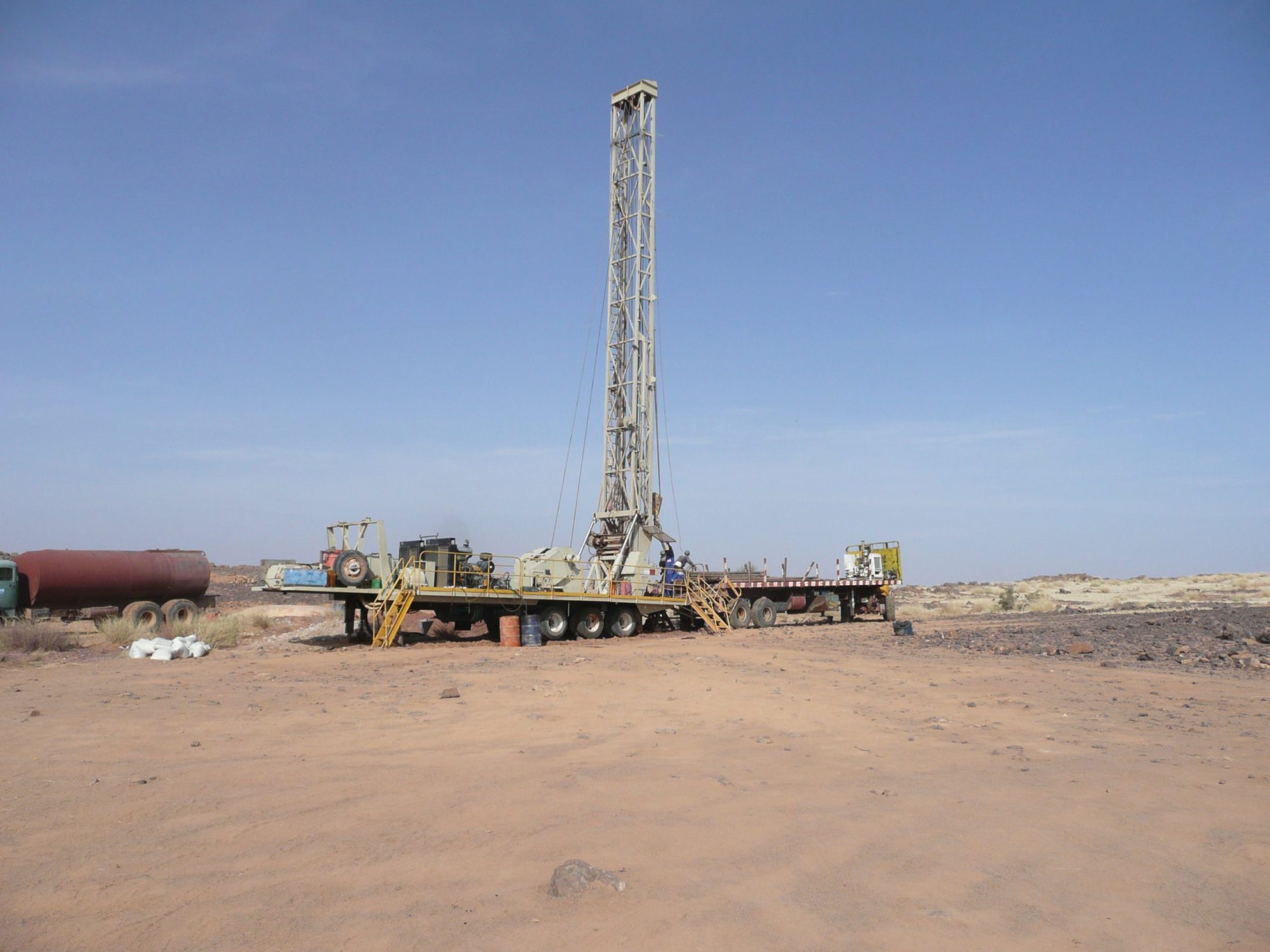Global Atomic Corporation has announced that The Presidential Decree granting the Mining Permit has been approved by the Council of Ministers for the Company’s Dasa Uranium Project in Niger. The Dasa Project exploration operations are located in the north central part of the Republic of Niger, West Africa, approximately 120 km north of the city of Agadez.
President & CEO of Global Atomic, Stephen G. Roman, stated: “We are excited to report the receipt of a Mining Permit for the company’s flagship discovery, Dasa, and acknowledge the tremendous achievements of our Niger and Toronto based teams and completion of this truly important milestone. The early receipt of the Mining Permit is testament to the relationships we’ve built with the Government of Niger since we entered the country in 2005 and Niger’s support for its domestic uranium mining industry. With this permit and continuing positive results from our ongoing work programs, we are enthusiastically advancing the Dasa Project, now completing the final design and engineering required to build the project.”
The Mining Permit issued by the Niger Government provides approval for the company to mine the Dasa uranium deposit based on the Development Plan submitted to the Government in September. The company intends to initiate production based on the “Phase I” operations scenario outlined in the PEA released in May 2020, with key elements as below:
- 12 year, Phase I operation, producing 44 million lbs U3O8 at 5,396 parts per million (0.54%)
- Annual production of 4.4 million pounds U3O8
- Cash cost of $16.72 per pound
- All-in sustaining cost (AISC) of $18.39 per pound
- After-tax NPV of $211-million and after-tax IRR of 26.6%
“Our Phase I mine plan targets high-grade mineralisation starting 70 m below surface and provides a low capex route to production using conventional underground mining and processing technology. The Phase I mine plan also provides ready access to the overall contained uranium inventory of over 200 million pounds in the mine’s deeper horizons.”
The PEA proposes the development of an underground mine using a sublevel blast-hole retreat with cemented paste backfill as a mining method. The mining method proposed includes the mechanised short-hole development of the main decline, access ramp, level development and crosscut drives as primary and secondary accesses to the mineral deposit on a 20 m sublevel spacing and a 15 m collection drive spacing.
Standard mechanised underground mining equipment is proposed and will comprise electro-hydraulic face drilling rigs (long and short hole) and modern ground support drilling rigs. Proposed material handling equipment will comprise diesel powered teleremote 10 t LHDs and 32 t underground mine trucks. Ancillary equipment will consist of diesel-powered charge-up vehicles, utility vehicles and other light vehicles such as Integrated Tool Carrier (ITC) units, man-carriers, Front End Loaders (FEL) and mobile rock-breaker, maintenance utility vehicle and crane.
Stoping operations are envisaged to utilise an electro-hydraulic long-hole production drill unit capable of drilling accurate holes up to 35 m in a fan ring pattern which will be fired on a retreat basis. Blasted mineralised material will be mucked using the teleremote LHDs, loading into either the 32 t haul trucks or temporary storage bays placed along the access level such that tramming distance is optimal. It is proposed that the stope voids will be backfilled using a combination of lateral development waste rock, coarse fraction of classified tailings and cement binder. Mineralised broken material and excess broken waste will be transported via the ramp and main decline system to surface in 32 t haul trucks for dumping at either the run of mine (ROM) pad crusher feed bin, surface stockpiles or waste dump storage facility near the mine portal.
ROM pad stockpiles will be blended to obtain the desired feed grade required by the process plant. Four distinctive stockpiles are envisioned, graded from very low to high grade with mineralised material ranging from <1,250 ppm to >11,000 ppm eU3O8. A separate extra low grade (XLG) stockpile with be maintained for mineralised material below 1,250 ppm and will be minimally used to blend should extremely high-grade mineralised material require blending to an acceptable feed grade before processed.
The PEA considers only the stope shapes above cut-off grade. The Mine Shapes Optimizer (MSO) mine design tool has been used to generate the mineable stope shapes applying 2,300 ppm eU3O8 cut-off grade. The PEA considers only Flank Zone and proximal Flank Zone mineralised material in order to obtain a 10–12 year mine life with a high return
The proposed pugging and curing process is utilised at a number of mines in the arearelies on leaching a coarse ground mineralised material with strong reductive and oxidative reagents under low moisture conditions before re-pulping and subsequent filtration and washing of the solids before disposal. The resultant high-grade filtrate is upgraded in a solvent extraction plant to reduce iron transfer tothe OK liquor (LSL solution) before precipitation with peroxide, final product washing, filtration, calcining and packaging as yellow cake. The process plant has been sized to process 365,000 t/y and to recover up to 5 Mlb U3O8 on an annual basis. The plant will be run from grid power and will require 4.7 MW of installed capacity.











